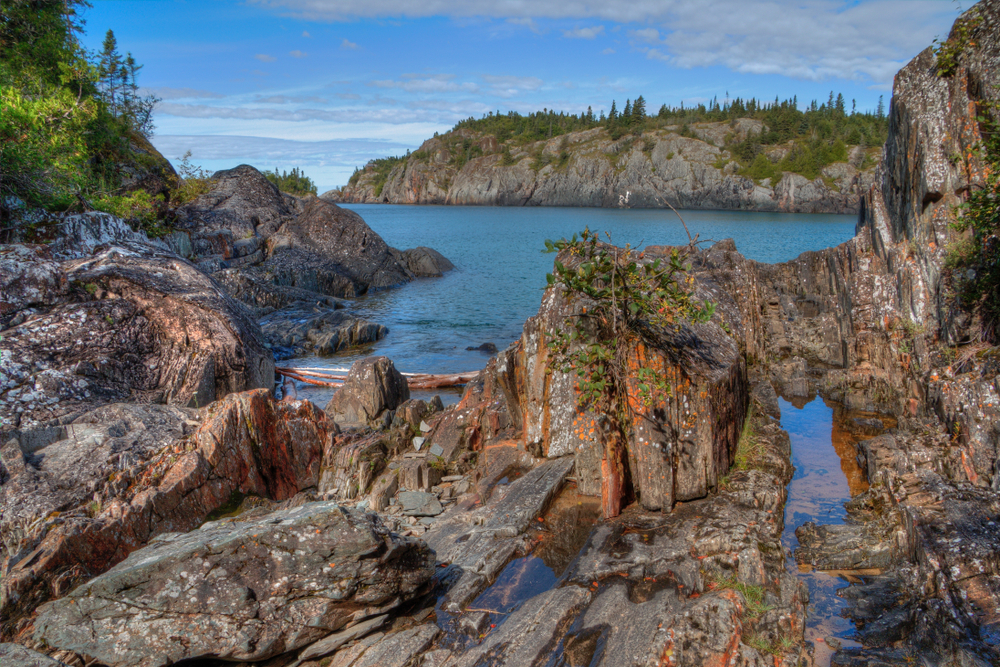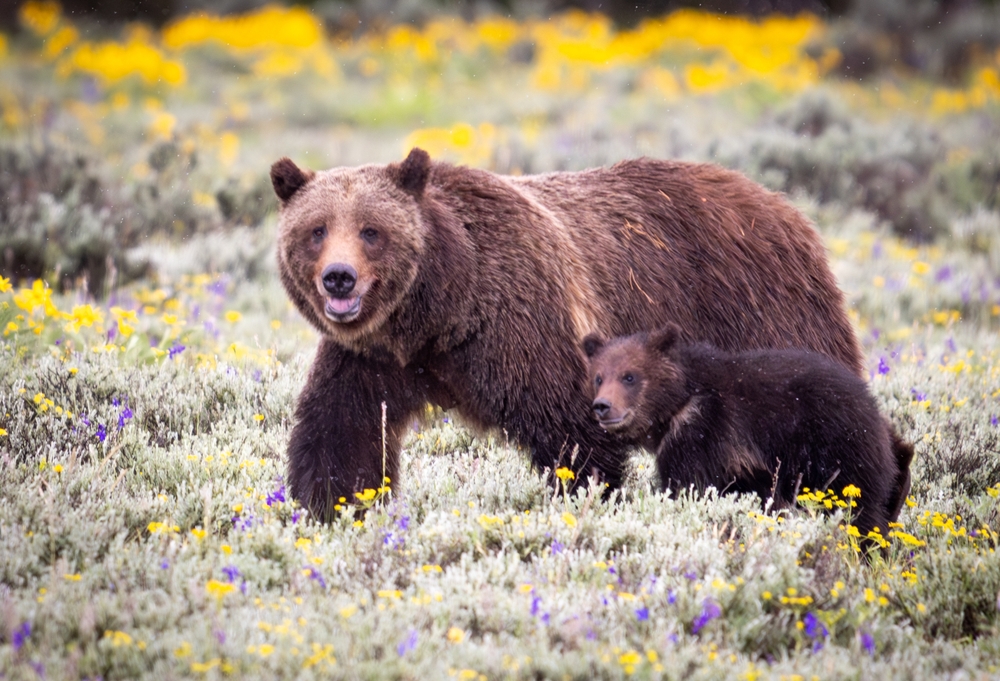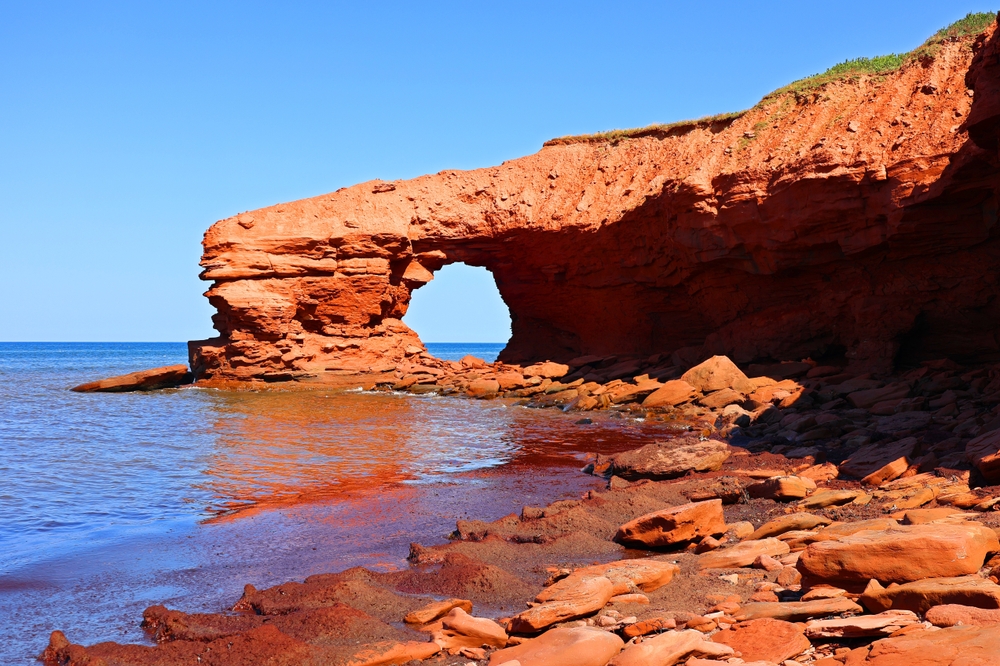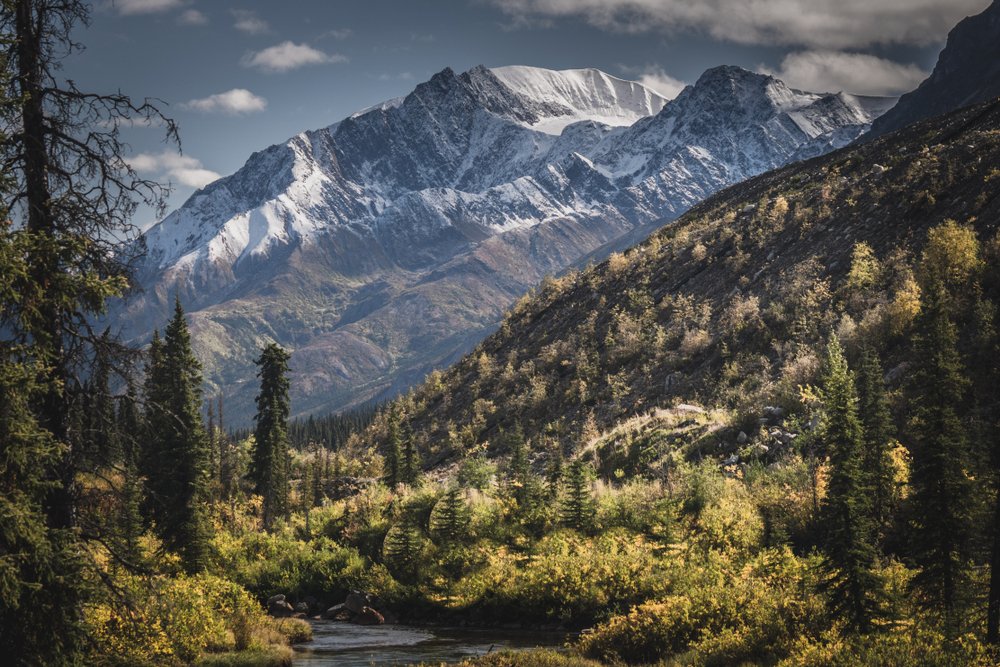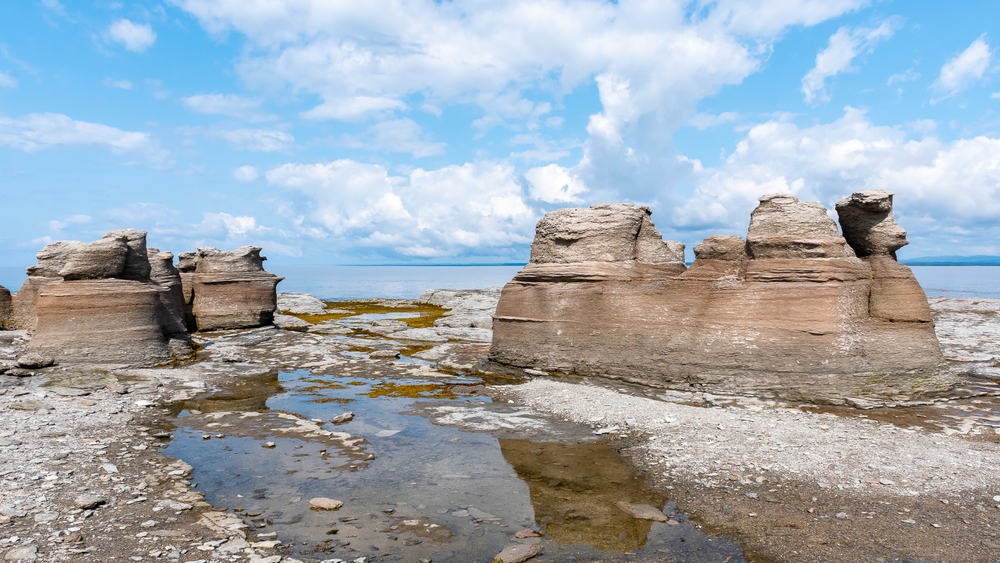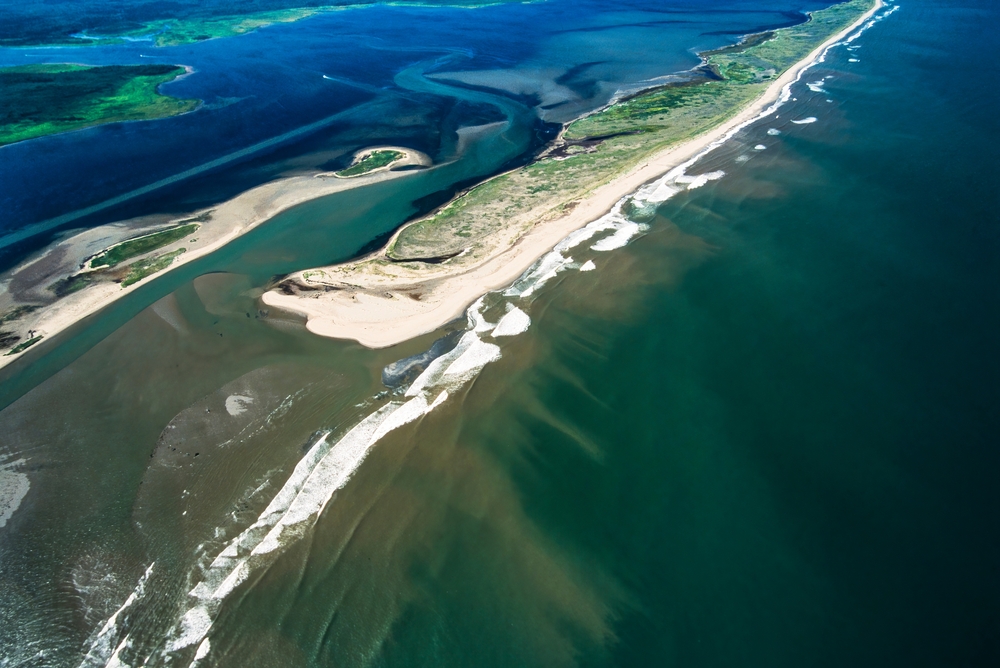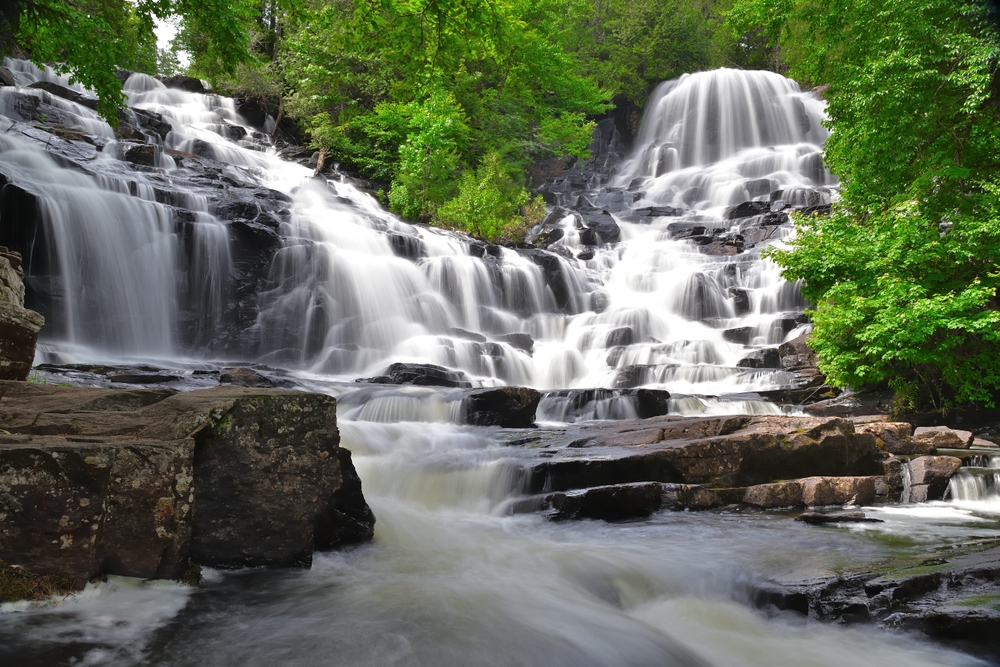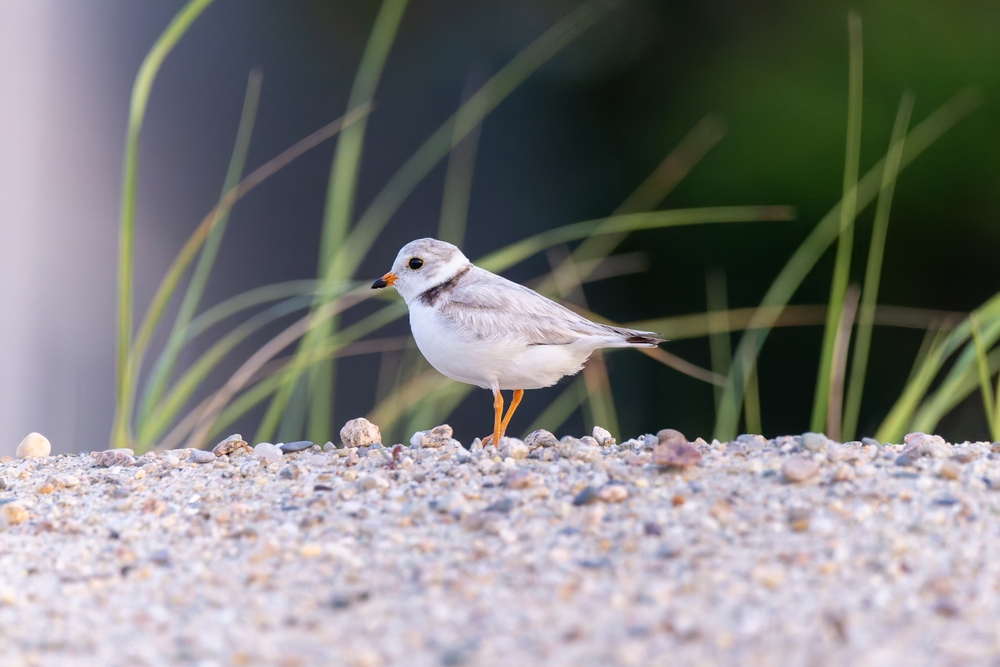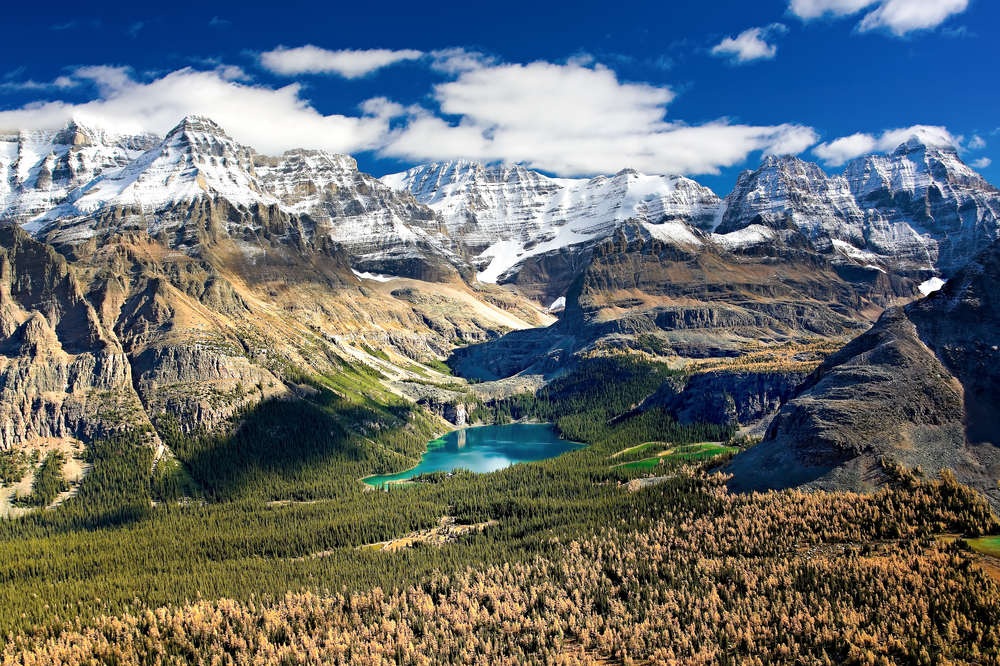Pukaskwa Overview
Pukaskwa National Park, located in Ontario, Canada, is a rugged and remote wilderness area that stretches along the northern shores of Lake Superior. Encompassing approximately 725 square miles (1,880 square kilometers), this national park is a breathtaking expanse of boreal forest, rocky coastlines, and inland lakes.
Its name originates from the Indigenous Ojibwe language, reflecting the deep cultural ties the area has to the Anishinaabe people. This relatively untouched natural space is one of Canada’s most scenic and isolated national parks, offering a true backcountry experience for those seeking solitude and adventure.
The park’s terrain is characterized by dramatic cliffs, rocky headlands, and sandy beaches that contrast sharply with the vast inland forests. Pukaskwa is home to the longest stretch of undeveloped shoreline on Lake Superior, where steep granite cliffs plunge into the deep blue waters.
The rugged Canadian Shield dominates much of the landscape, with rolling hills and rock formations shaped by glacial activity. Among the park’s most striking features is the White River Suspension Bridge, which spans a deep gorge over the Chigamiwinigum Falls, offering breathtaking views of the cascading water below.
Inland, the landscape transitions into dense boreal forest, where black spruce, jack pine, and trembling aspen thrive. Wetlands and peat bogs punctuate the forested interior, creating habitats for a diverse array of wildlife.
Pukaskwa National Park is home to a rich variety of wildlife, including some of Canada’s most iconic species. Black bears roam the forests, while moose can often be spotted wading through the park’s numerous wetlands. Timber wolves, though elusive, inhabit the remote regions of the park, adding to its wild and untamed character. Smaller mammals such as beavers, river otters, and snowshoe hares also thrive in this boreal ecosystem.
Birdwatchers are drawn to Pukaskwa for its incredible diversity of avian species, including bald eagles, peregrine falcons, and great gray owls. The park’s varied habitats support a range of waterfowl, songbirds, and raptors, making it an ideal location for birdwatching enthusiasts.
Visitors to Pukaskwa National Park are drawn to its unspoiled beauty and the wealth of outdoor activities it offers. The Coastal Hiking Trail, a challenging 37-mile (60-kilometer) route along Lake Superior’s shoreline, is a favorite among experienced backpackers.
This trail provides stunning vistas of the lake and leads hikers through rugged terrain, dense forests, and scenic beaches. For those seeking a shorter adventure, the Bimose Kinoomagewnan Trail offers an interpretive experience that highlights the Anishinaabe cultural and spiritual connections to the land. Canoeing and kayaking along the park’s waterways provide an opportunity to explore its pristine lakes and rivers, while camping under the stars at backcountry sites enhances the wilderness experience.
Conservation efforts in Pukaskwa National Park focus on protecting its fragile ecosystems and preserving its biodiversity. The park plays a crucial role in safeguarding Lake Superior’s coastline and maintaining the health of its boreal forest. One of its major conservation successes has been the protection of critical habitats for species at risk, such as the woodland caribou, though challenges remain in restoring their populations.
The park’s remote nature helps limit human impact, but climate change and invasive species pose ongoing threats to the region’s ecological balance. Park management continues to work closely with Indigenous communities and conservation organizations to ensure the long-term protection of this wild and pristine landscape.








































































